SIM Card Adapters Reviewed
by Joshua Ho on May 24, 2014 5:12 AM EST- Posted in
- Smartphones
- Mobile
- Laptops
- Tablets
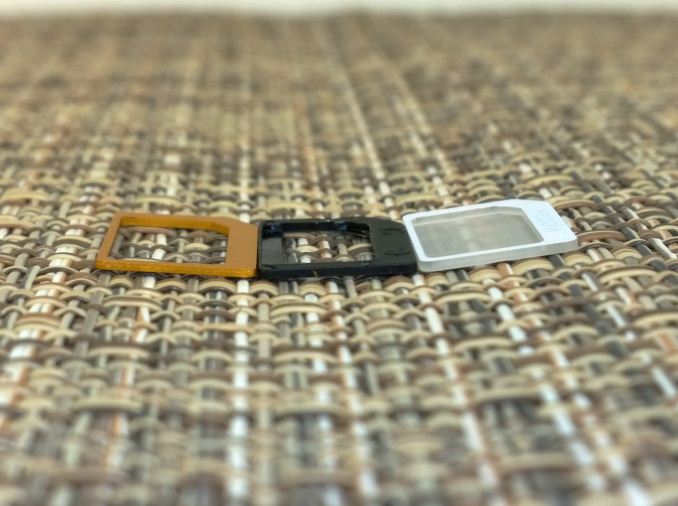
A few weeks ago, I was genuinely questioning what SIM adapter I should buy. After all, while a SIM adapter is generally cheap and also a relatively simple product, the consequences for poor design can be catastrophic. As a product of today’s need to ensure that phones and other mobile devices are made as small as possible, it’s often the case that the SIM slot is soldered to the logic board, which is often one of the most expensive parts of the device. This mean that ruining the SIM slot by using the wrong five dollar adapter can easily cause over a hundred dollars in damage.
So I decided to buy every distinct type of SIM adapter on the market. To my understanding, there are only three main types, all of which are simply variations upon each other. The first is the simple cutout. This is effectively just a piece that would be the same size and shape as the “waste” plastic that is produced when stamping out a larger SIM to a smaller one. This is a very simple design, and requires a piece of scotch tape on the plastic side of the SIM in order to make the SIM and adapter into a single piece that goes into the phone.
The second type of adapter takes the cutout format and adds small notches in the corners to hold the SIM inside without glue. This is one of the most expensive adapters I’ve seen on Amazon.
The final type of adapter is another variation upon the cutout, simply adding a plastic backing to the area that is open on both sides in a cutout. This allows the SIM to be placed inside the adapter without falling out in some orientations, but requires double-sided tape to hold the SIM in place without issue.
So which of the three is best? It’s tough to say, as all have their idiosyncrasies. The second type of adapter is simply impossible to recommend though, it ends up visibly thicker than a standard SIM. This can easily be a problem, as the pins that make contact with the SIM are fragile, and any significant deviation from a standardized thickness can cause the SIM slot to no longer accept non-adapted SIMs. The third type requires double-sided tape to not risk the SIM falling out in some strange manner, and has to be thicker than the SIM that it is adapting as a function of its design, although it can be made much thinner than the second type. The simple cutout is ultimately thicker than the SIM itself, but only by the thickness of the tape used. Personal experience with phones has shown that a single layer of scotch tape is often the difference between frequent SIM disconnect errors and no problems at all, so I suspect that it’s within tolerances as well.
Ultimately, the simple cut-out is likely to be the best choice, and it’s the one that I’m willing to risk my phone with. However, it’s absolutely critical to make sure that strong scotch tape is used to make the adapter/SIM combination, and to never try inserting the adapter by itself. Ultimately, while the other solutions are more novel, with all of their disadvantages it’s tough to recommend them, although the third type of adapter can be used in a pinch. For future reference, I've placed a table of all the adapters I've bought below to provide more examples.
| Cutout Adapters | Cutout w/ Notched Attachment | Cutout w/ Backing |
| KAISI 4 in 1 SIM Adapters | Sadapter NanoSIM to MicroSIM | Smatree NanoSIM Adapter |
| Fosmon Nano to Micro/Standard SIM | ||
| Noosy SIM Adapters |


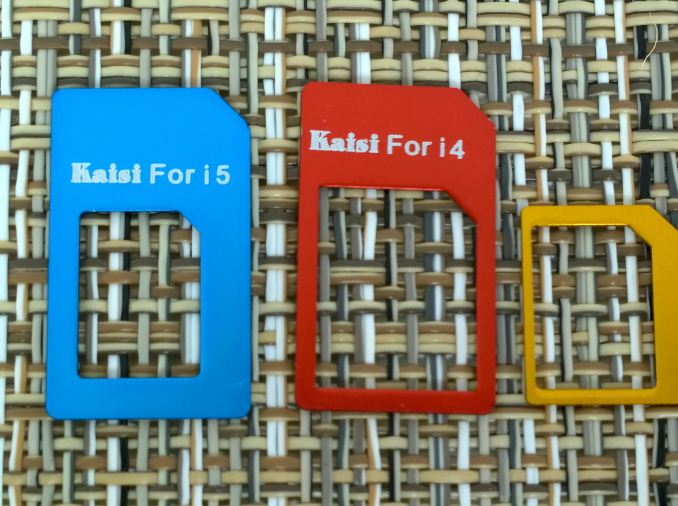
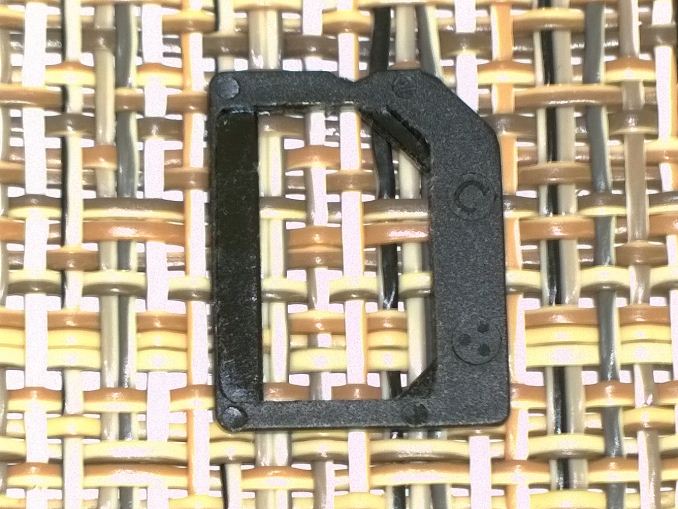
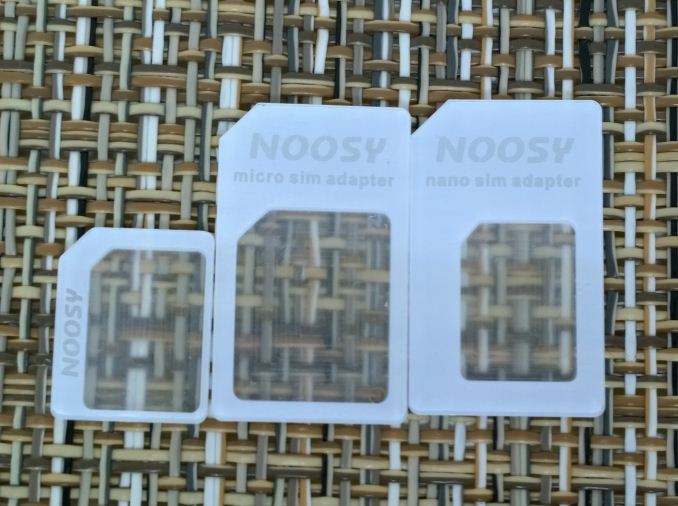
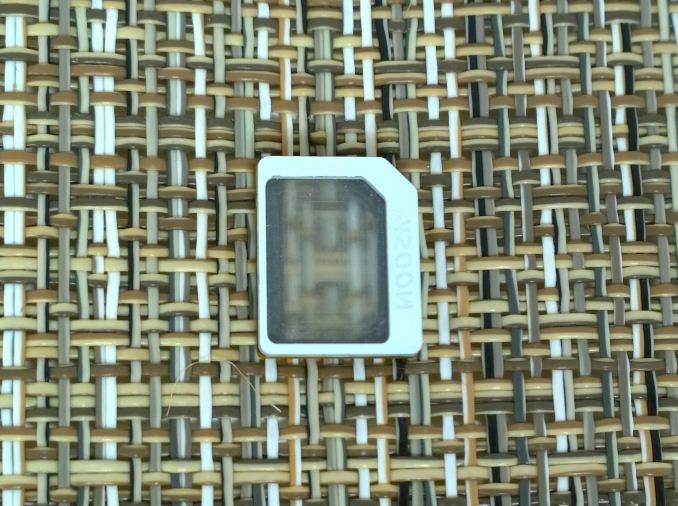








24 Comments
View All Comments
londedoganet - Saturday, May 24, 2014 - link
(By which I mean, Anandtech is a site catering to people who are more technically-inclined, to whom tinkering is second nature, so of course they would be more game to try SIM card surgery)greyhulk - Saturday, May 24, 2014 - link
I have been using the second type (specifically, the noosy brand) for over a year with no double-sided tape and no issue. My sim card just stays in and I swap it in and out of phones weekly, with models varying from the Galaxy S5 to Note 3, to slide in tray models like the HTC One M8 and Lumia 1520. My sim has never fallen out or gotten stuck.For me, that's the best possible sim adapter and the only one that has ever worked that well.
Mitch89 - Friday, May 30, 2014 - link
I second the recommendation of the Noosy adapters. Been using them for ages and they've always worked well. Even better with the nanosims, since they are thinner than microsims so the adaptors fit perfectly.Jon Tseng - Saturday, May 24, 2014 - link
>However, it’s absolutely critical to make sure that strong scotch tape is used to make the>adapter/SIM combination, and to never try inserting the adapter by itself
I disagree with that. I just use the cut-out I get when I punch the micro SIM out from the full sized SIM. Have used it in a variety of phones sans scotch tape with no problems at all.
Particularly if you need to inserted the full size SIM into some sort of slot, that keeps it in place without requiring additional support just fine.
JoshHo - Saturday, May 24, 2014 - link
It may work, but I personally think it's too risky that way, so a piece of scotch tape fixes that.sherifone - Saturday, May 24, 2014 - link
I've used the 2nd type for years without issue. Probably with 8-10 phones.hughlle - Saturday, May 24, 2014 - link
I just go to my carriers local shop or phone them and ask for the appropriate seized replacement simLordConrad - Saturday, May 24, 2014 - link
Here's a novel idea: Purchase the correct-size SIM for your phone. Duh!Morawka - Saturday, May 24, 2014 - link
i just came here to say, i use the Noosy ones because they are $5 and work great. The only time i use them is when i sell my iphones yearly to buy the new model, and use a cheap android loaner until my new phone is delivered.pata2001 - Sunday, May 25, 2014 - link
Micro to mini is usually fine. I have done this many times with various adapters. The big problem is nano to micro, simply because most micro SIM slots are slot in type, where if things gets stuck, you are in big trouble. Worse is if you use a custom cutout nano SIM from a micro/mini SIM. The thickness plus the adapter can ensure the SIM to be stuck. Had this exact problem on my phone where the SIM was stuck. I thought the phone was a goner. Luckily I managed to pull the SIM out by force with the help of super glue. After that, I swear I will not deal with custom cut SIM and these adapters anymore. Not worth the potential headache and repair cost if things are stuck. I rather pay the money for a new SIM than playing with this. The only time I would is for a mini SIM as the slot is usually exposed, thus when things are stuck, you can get things out quite easily.Power tip: If you are on AT&T, AT&T gives SIMs for free. Yes, free. Just go to their corporate store and ask for one. They are more than happy to give it to you. If they ask questions, just say you need one for an iPad. Most other carriers, especially outside the US, charge a good amount of money when you simply want a replacement SIM (sometimes upward to $20-$30).